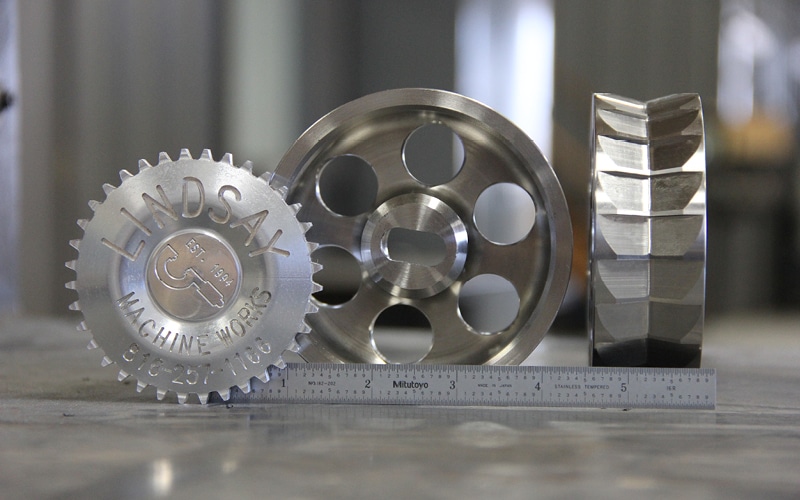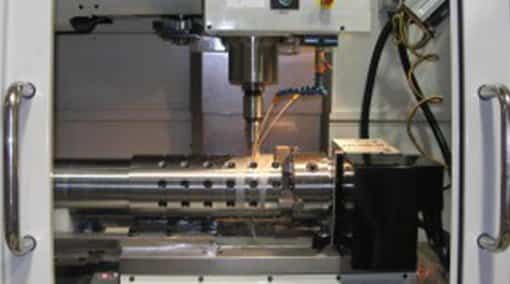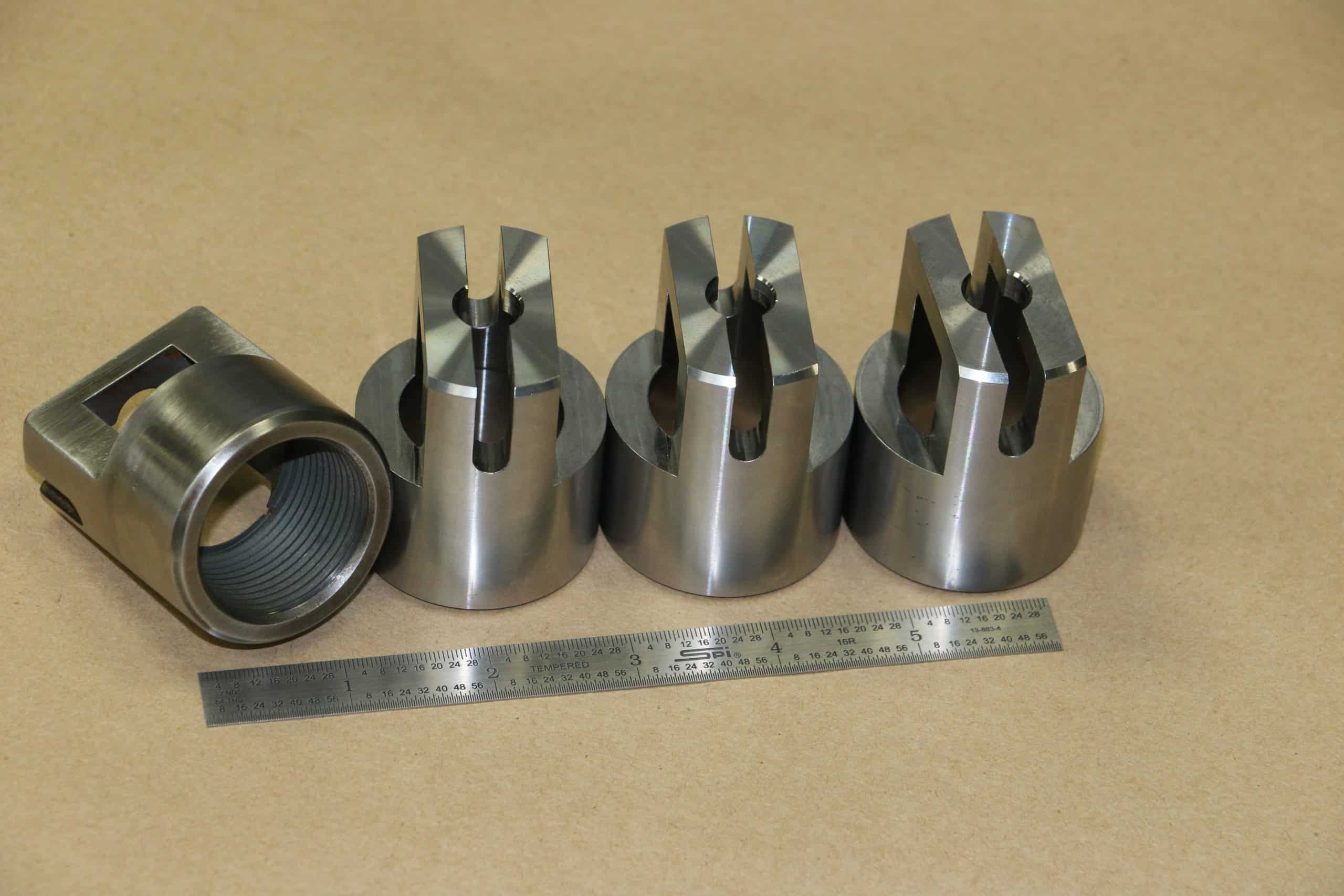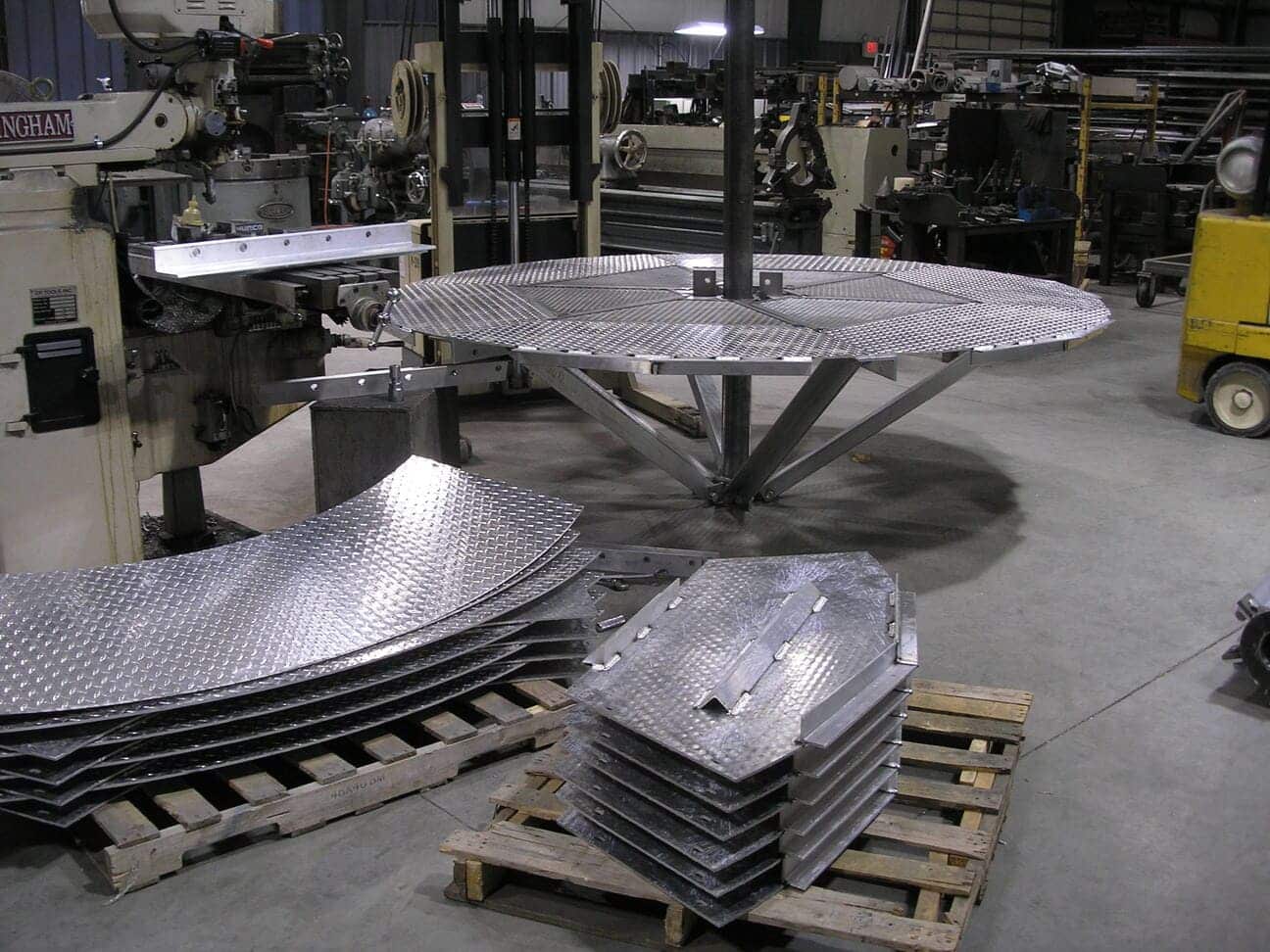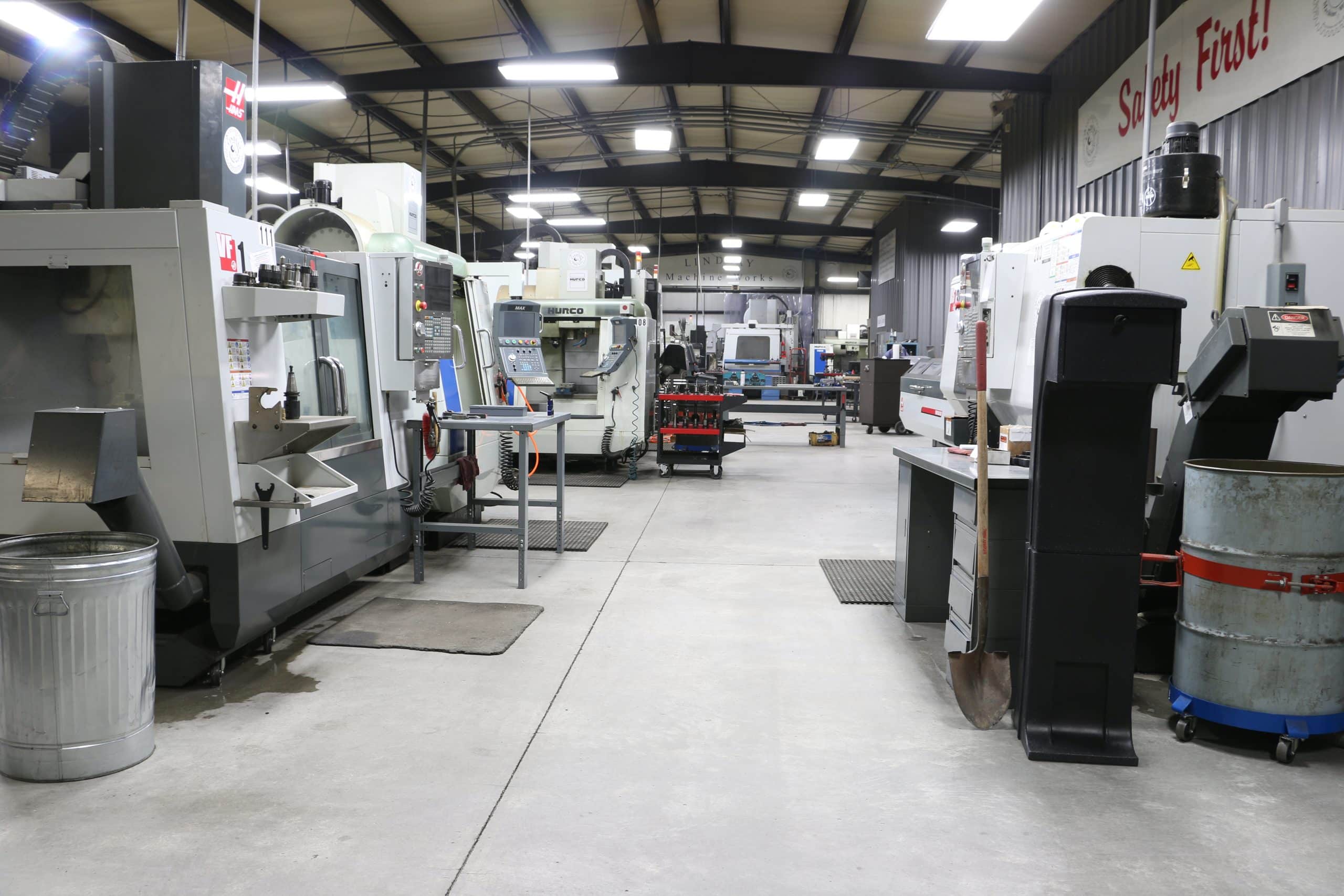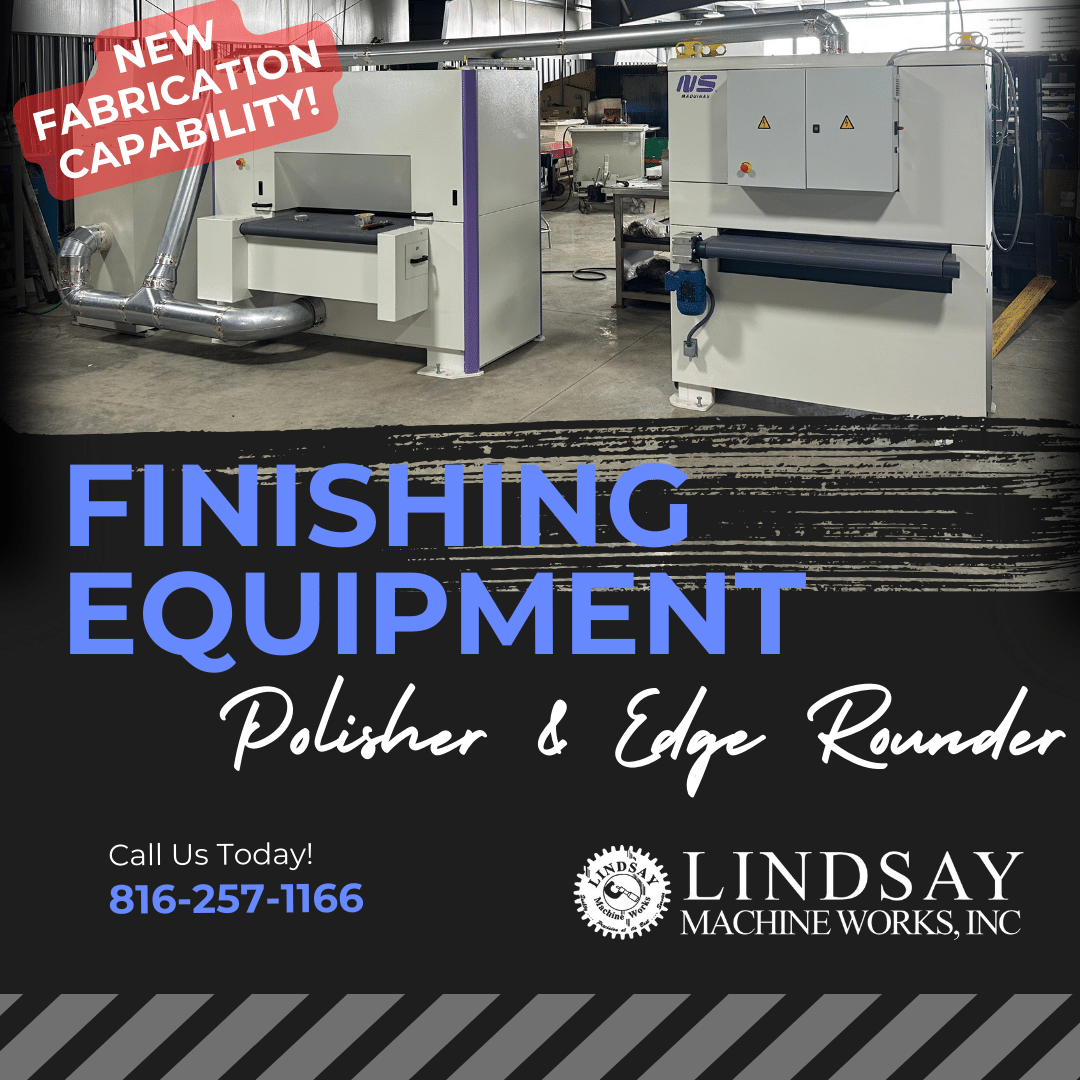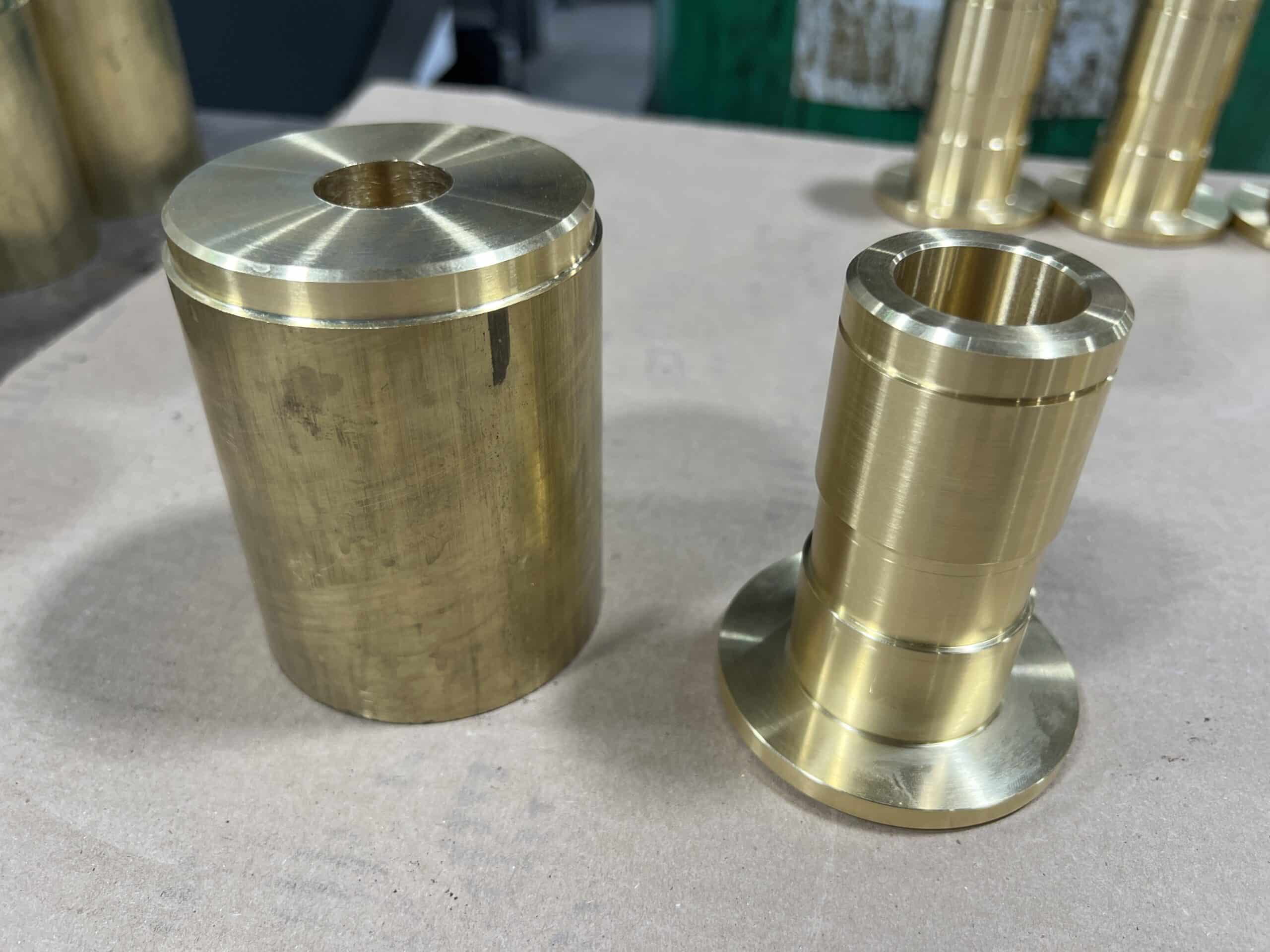
Computer Numerical Control (CNC) machining has revolutionized manufacturing, enabling the creation of intricate parts with incredible precision. From aerospace components to medical implants, this technology can shape a vast array of materials. But have you ever wondered what happens when the material pushes back? Not all materials are created equal, and some present significant challenges for even the most advanced CNC machines.
Understanding which materials are the most difficult to work with is crucial for engineers, designers, and machinists. It informs project feasibility, tooling choices, and ultimately, the final cost and quality of a part. This guide explores the toughest materials to CNC machine, explaining why they are so challenging and what strategies can be used to master them.
Factors That Make a Material Difficult to Machine
Before naming the top contenders, it’s important to understand what makes a material “hard” to machine. It’s not just about simple hardness. Several properties combine to create a perfect storm of machining difficulty.
Hardness and Strength
Hardness, often measured on the Rockwell or Brinell scale, refers to a material’s resistance to localized deformation, such as scratching or indentation. Higher hardness means the cutting tool has to exert more force to penetrate the material, leading to rapid tool wear. Similarly, high tensile strength—a material’s ability to resist being pulled apart—requires more energy to cut, generating significant heat and stress on the tool.
Thermal Conductivity
A material’s ability to conduct heat away from the cutting zone is a critical factor. Materials with low thermal conductivity, like titanium and Inconel, trap heat at the point of contact between the tool and the workpiece. This concentration of heat can cause the cutting tool to soften, deform, or even fail catastrophically. It can also lead to work hardening, where the material becomes even harder as it’s being machined.
Ductility and Abrasiveness
High ductility means a material can deform significantly without fracturing, which can lead to long, stringy chips that are difficult to manage and can wrap around the tool. Abrasive materials contain hard particles that act like sandpaper against the cutting tool, causing rapid wear. Ceramics and some composites fall into this category.
The Most Challenging Materials for CNC Machining
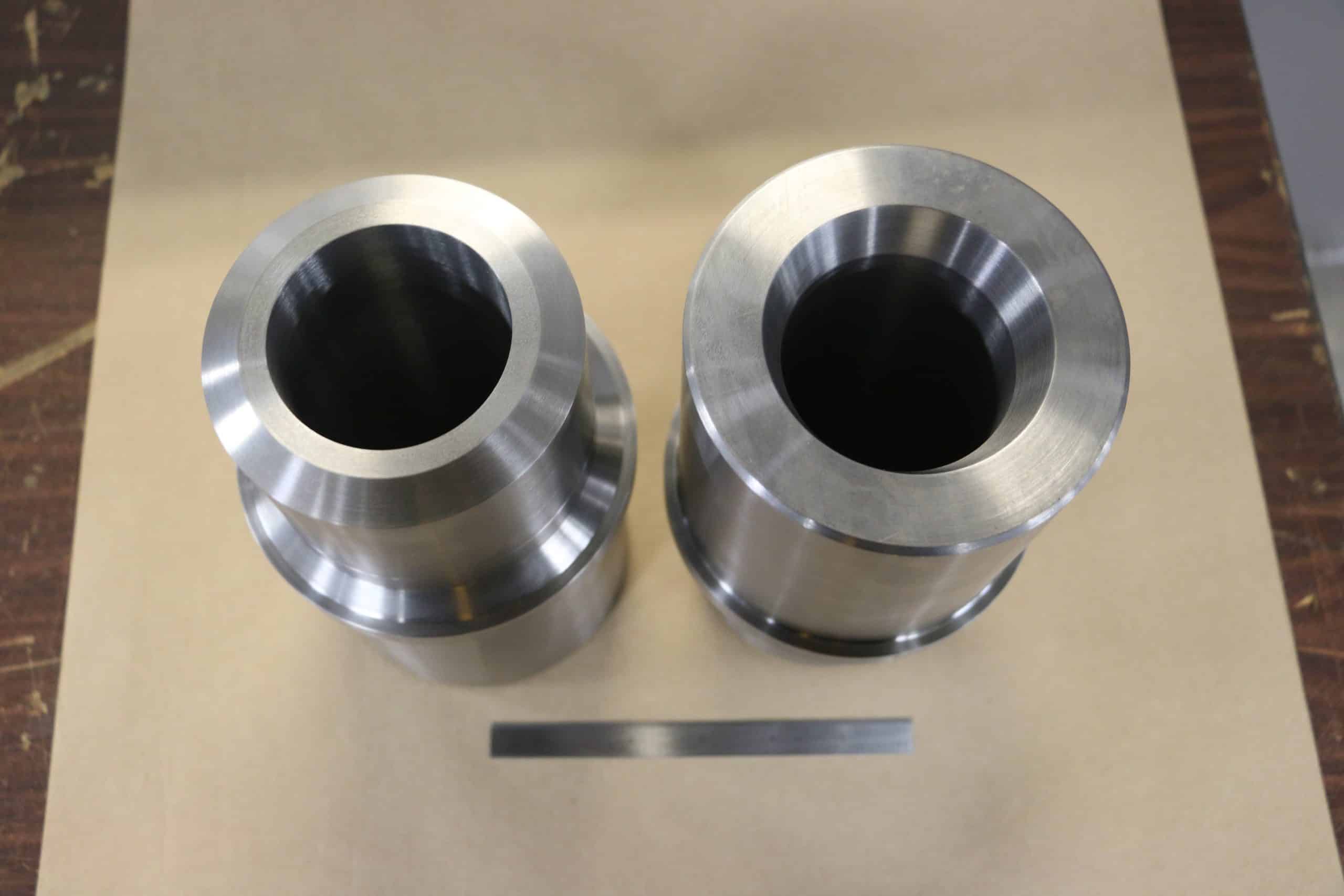
Considering these factors, a few materials consistently top the list as the most difficult to machine. These superalloys and advanced materials are prized for their exceptional properties but demand expert knowledge and specialized equipment to be shaped effectively.
1. Inconel (Nickel-Chromium Superalloys)
Inconel is the undisputed champion when it comes to machining difficulty. This family of nickel-chromium-based superalloys is designed to perform in extreme environments, retaining strength at scorching temperatures where steel and aluminum would fail. This incredible resilience is precisely what makes it a machinist’s nightmare.
- Key Challenges: Inconel has extremely low thermal conductivity, causing intense heat buildup at the cutting edge. It also has a strong tendency to work-harden. As you cut it, the material in front of the tool becomes harder, making the next pass even more difficult. This leads to rapid tool wear, potential tool failure, and a poor surface finish if not handled correctly.
- Machining Solutions: Machining Inconel successfully requires a rigid setup to minimize vibration. Using specialized ceramic or coated carbide tools is essential. Machinists must use low cutting speeds, high feed rates, and a constant depth of cut to stay below the work-hardened layer. A high-pressure coolant system is non-negotiable to manage heat and clear chips effectively.
2. Titanium Alloys
Valued for its high strength-to-weight ratio and excellent corrosion resistance, titanium is a staple in the aerospace, medical, and military industries. While not as difficult as Inconel, it presents its own unique set of problems.
- Key Challenges: Like Inconel, titanium has very low thermal conductivity. The heat generated during cutting doesn’t dissipate into the workpiece, concentrating instead on the cutting tool. Titanium is also highly reactive and can chemically weld to the tool at high temperatures, a phenomenon known as galling.
- Machining Solutions: To combat heat, low cutting speeds are a must. Sharp, positive-rake cutting tools made from micro-grain carbide are often recommended. A flood of high-pressure coolant is critical to keep temperatures down and prevent chips from welding to the tool. Peck drilling—where the drill retracts periodically to clear chips and allow coolant in—is a common strategy for hole-making.
3. Hardened Steel
Steel is one of the most common materials in manufacturing, but once it undergoes heat treatment to increase its hardness (typically above 45 HRC), it becomes a different beast entirely. Hardened steels like D2 or A2 tool steel are used for dies, molds, and cutting tools themselves.
- Key Challenges: The primary challenge is its sheer hardness. Machining hardened steel generates immense cutting forces and heat, leading to significant tool wear. The material is also brittle, meaning improper cutting techniques can cause chipping or fracturing of the workpiece.
- Machining Solutions: This process, often called “hard turning” or “hard milling,” requires extremely tough cutting tools, such as those made from Cubic Boron Nitride (CBN) or ceramics. These tools can withstand the high temperatures and forces involved. The machine tool must be exceptionally rigid and powerful. Maintaining a consistent chip load and using the right cutting parameters are key to preventing tool breakage and achieving a good surface finish.
4. Advanced Ceramics
Materials like Alumina (Aluminum Oxide) and Zirconia are incredibly hard and wear-resistant, making them ideal for high-wear applications. However, their properties make them exceptionally difficult to machine with traditional methods.
- Key Challenges: Ceramics are extremely abrasive and brittle. The cutting process is more akin to controlled fracturing or grinding than the shearing action used for metals. This causes rapid tool wear and can easily lead to micro-cracks or complete fracture of the part if not done with extreme care.
- Machining Solutions: Diamond tooling is often the only viable option for cutting ceramics due to its superior hardness. The machining process is typically done through grinding rather than milling or turning. Very slow speeds, light depths of cut, and a specialized coolant are necessary to prevent thermal shock and catastrophic failure of the workpiece. Ultrasonic-assisted machining is an emerging technology that shows promise in making ceramic machining more efficient.
The Future of Machining Difficult Materials
The demand for high-performance materials is only growing. As industries push the boundaries of what’s possible, the need to efficiently machine materials like Inconel, titanium, and advanced composites will become even more critical. The future lies in a combination of smarter software, more advanced machine tools, and innovative cutting tool technology.
Advancements in CAM software are enabling more sophisticated toolpaths, like trochoidal milling, that help manage heat and tool load. Hybrid machines that combine subtractive (CNC) and additive (3D printing) manufacturing open new possibilities for creating complex parts from difficult materials.
Ultimately, mastering the hardest materials isn’t just a technical challenge—it’s a competitive advantage. The ability to turn these unforgiving materials into precise, reliable components is what separates leading manufacturers from the rest.

